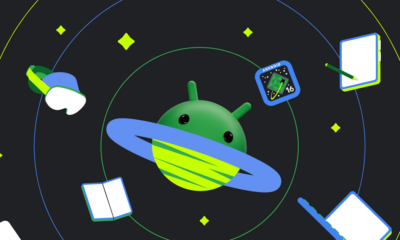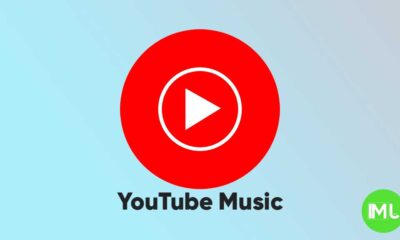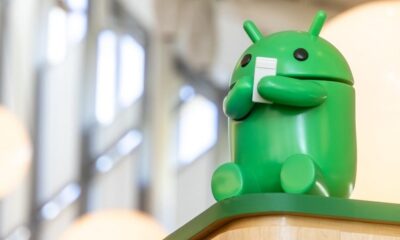Android
Android 15 Release Timeline: Source code release next week, Pixel update delayed
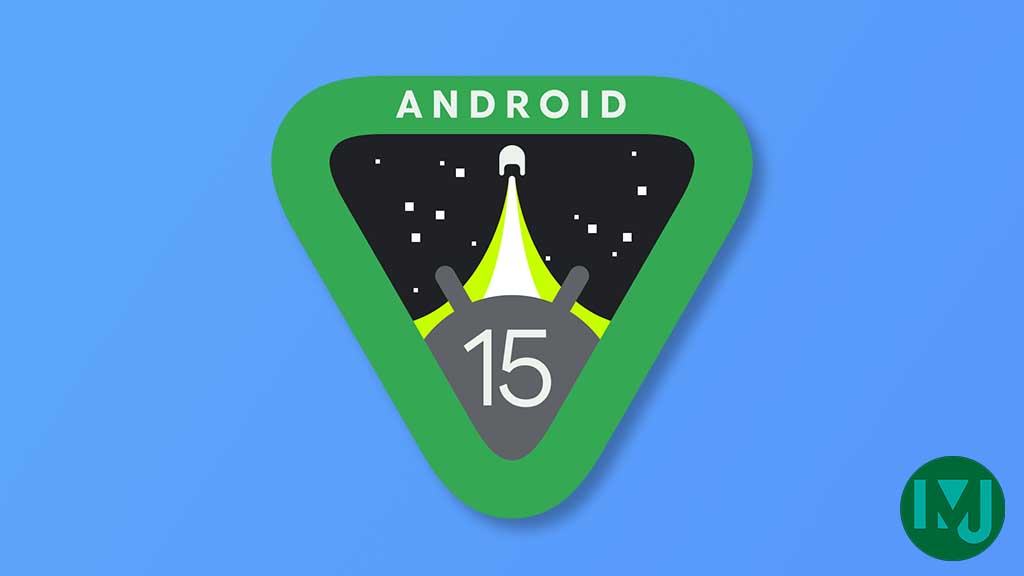
Key Points:
- Android 15 source code to be released on September 3, 2024.
- Pixel devices will not receive the Android 15 update immediately.
- Pixel update expected in October 2024, with a focus on stability.
With the recent release of Beta 4.2, Android 15 is on the brink of its official launch. While Google’s official timeline suggests a public release later this year, new information indicates that the Android 15 source code will be available next week.
Multiple sources confirm that the Android 15 source code will be released to the Android Open Source Project (AOSP) on Tuesday, September 3, 2024. This delay from the usual Monday release is due to the Labor Day holiday in the U.S., which falls on September 2.
The AOSP release allows developers and companies outside of Google’s immediate partners to access the new version, enabling them to build and modify Android 15 for their own devices. Although some of Android 15’s code is already available due to Google’s “trunk stable” project, the full release will include important build flags and feature flags that have not yet been made public.
However, it’s important to note that Pixel devices won’t receive the Android 15 update on the same day as the source code release. This year, Google’s hardware team has shifted its schedule significantly, launching four new Pixel phones earlier than usual. As a result, the Pixel 9 series did not ship with Android 15, and the update for these devices is still not ready. Sources indicate that the Pixel update might be delayed until mid-October.
Historically, Google has rolled out OTA updates for Pixel devices at the same time as the source code release, but recent years have shown a shift in this approach. The Pixel team now often withholds updates to ensure they are fully tested and stable before release.
This year’s Android 15 update appears to be following that trend, with the delay likely aimed at ensuring a more stable release. While Google has not officially confirmed the exact release date for the Pixel update, it is expected sometime in October 2024, possibly mid-month.
The Android 15 update will be available for a wide range of Pixel devices, including the latest Pixel 9 series, Pixel Fold, and Pixel Tablet, among others. The Android 15 QPR1 beta program is already underway, providing a glimpse of what to expect in the December 2024 Pixel Feature Drop.
Android
Android 16 beta adds battery health info, Pixel Fold gets better at detecting opens and closes
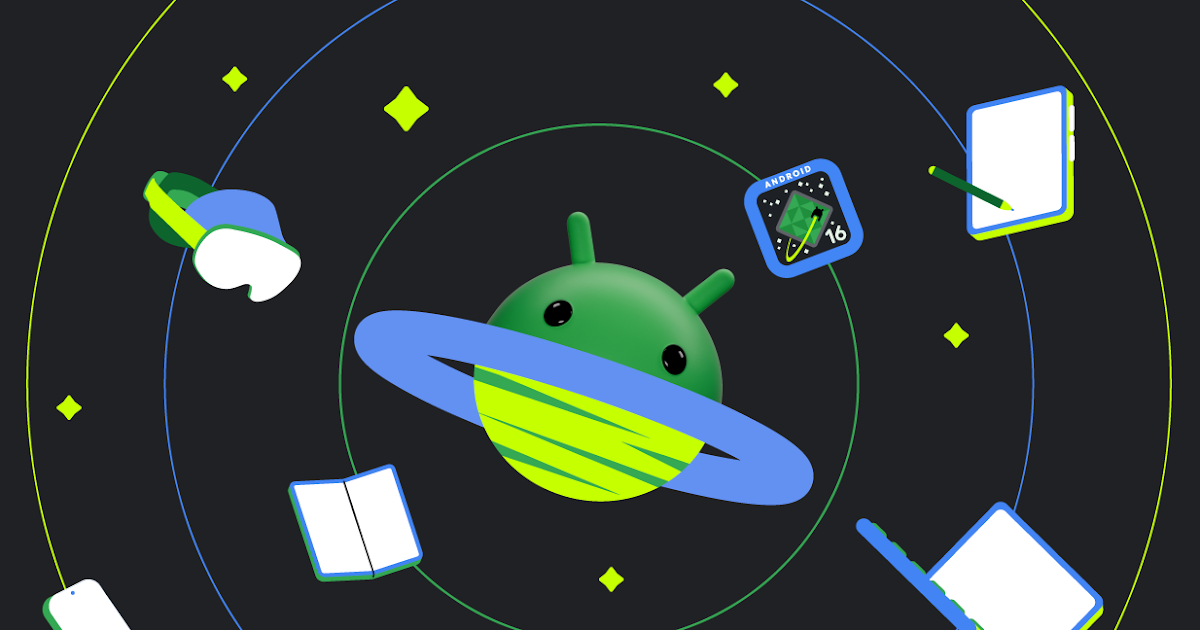
Google has released the Android 16 Beta 1 update for Pixel phones, and it brings some helpful new features. One of the key additions is battery health information, which is now available in the settings. Pixel users can now see the battery’s manufacturing date, charge cycles, and overall health score. This can help people understand how well their battery is holding up over time. While this feature is currently hidden under developer options, it might be fully added in a future update.
At the same time, Google is also working to improve the Pixel Fold. With Android 16 Beta 1, there’s a new system that better detects when the phone is opened or closed. This new method uses the hinge angle to more accurately understand the device’s position. Unlike older systems that could be affected by software bugs or slow response times, this new one seems to be more reliable and faster.
These changes are important for people who use foldable phones like the Pixel Fold, as better hinge detection can lead to smoother app transitions and fewer bugs. And for all Pixel users, having detailed battery info can help with managing phone performance and deciding when it’s time for a battery replacement.
Overall, Android 16 Beta 1 focuses on giving users more control and smoother experiences, especially for those with foldables.
Android
Android 16 could bring colorful always-on display to Pixel phones

Google is working on Android 16, and it looks like the update could bring more color to the always-on display (AOD) feature on Pixel phones. Right now, the AOD mostly shows white text on a black screen. But a new setting found in the Android 16 Developer Preview hints at the ability to add colors to this display.
The new feature is called “AOD Preview,” and it includes a switch labeled “Color AOD.” While this setting doesn’t work yet, it suggests that Google might be planning to show colorful content even when the screen is in low-power mode.
This change could make AOD look more lively, maybe by adding color to the clock, notifications, or wallpaper. So far, it’s not clear exactly what will change or how customizable it will be, but the feature seems to be in early testing.
Samsung already has more colorful AOD options on its Galaxy devices, so this update could help Pixel phones catch up. Google often introduces new features first on Pixel devices before making them available to other Android phones.
Android 16 is still being developed, and many features are not ready yet. But if Color AOD becomes part of the final release, Pixel users could get a more vibrant and useful always-on display in the near future.
Android
Android adds quick shortcuts for do not disturb and video call effects
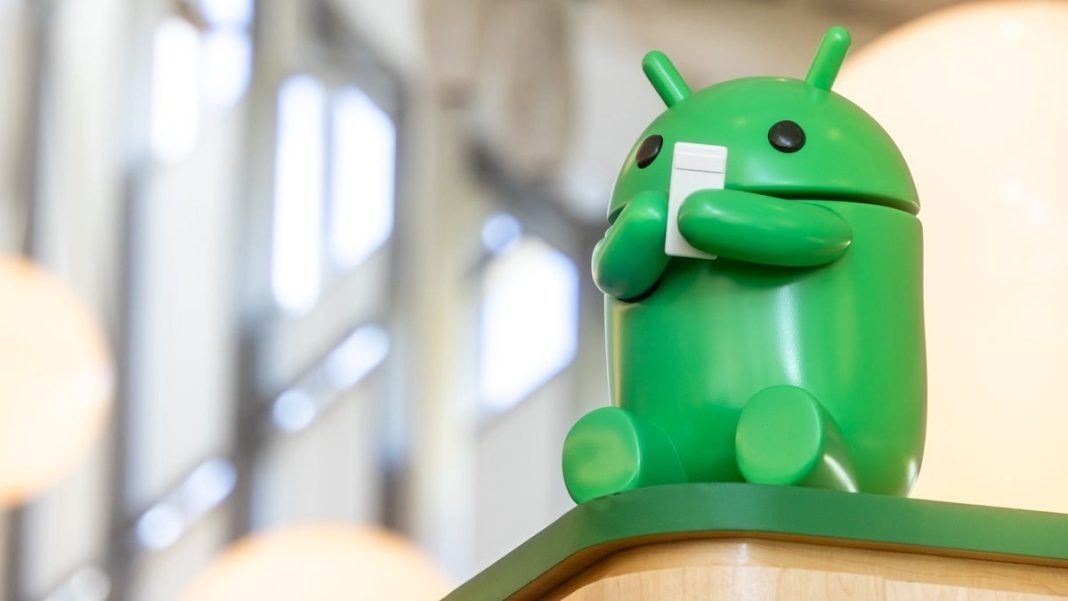
Google is testing two new shortcuts in Android that make it easier to control common features: Do Not Disturb mode and video call effects. These shortcuts are being added to the Android Quick Settings panel, which is the area you see when you swipe down from the top of your screen.
The first new toggle is for Do Not Disturb. Instead of opening the full settings menu, you’ll now be able to tap the shortcut to quickly switch between different DND modes. You can also long-press it to open full options. This makes it easier to silence notifications the way you want, especially if you have custom DND rules set up.
The second toggle is called “Video Effects”. This is useful for people who often use video calling apps like Zoom, Meet, or WhatsApp. When you tap it, it takes you to a page where you can turn on or off features like portrait blur, lighting adjustments, or filters that improve how you look during video calls.
These features are still being tested and might show up in future Android updates. Right now, some Pixel users with Android 14 QPR3 Beta 2.1 have seen these options. Google hasn’t confirmed when they’ll roll out to everyone, but they seem to be part of a plan to make Android tools more convenient.
In short, Google is trying to make it quicker and easier to manage your notifications and video call settings—all with just a swipe and a tap.
-

 Apps1 year ago
Apps1 year agoGboard Proofread feature will support selected text
-

 News1 year ago
News1 year agoSamsung USA crafting One UI 6.1.1
-

 News1 year ago
News1 year agoBreaking: Samsung Galaxy S22 may get Galaxy AI features
-

 News1 year ago
News1 year agoSamsung Galaxy S23 Ultra with One UI 6.1 and all S24 AI features revealed
-

 News1 year ago
News1 year agoOne UI 6.1 Auracast (Bluetooth LE Audio) feature coming to many Samsung phones
-

 News1 year ago
News1 year agoSatellite SOS feature coming to Google Pixel phones, evidence leaked
-

 Apps11 months ago
Apps11 months agoGoogle’s fancy new Weather app is finally available for more Android phones
-

 News1 year ago
News1 year agoGoogle Pixel evolves as Europe’s third best selling flagship

